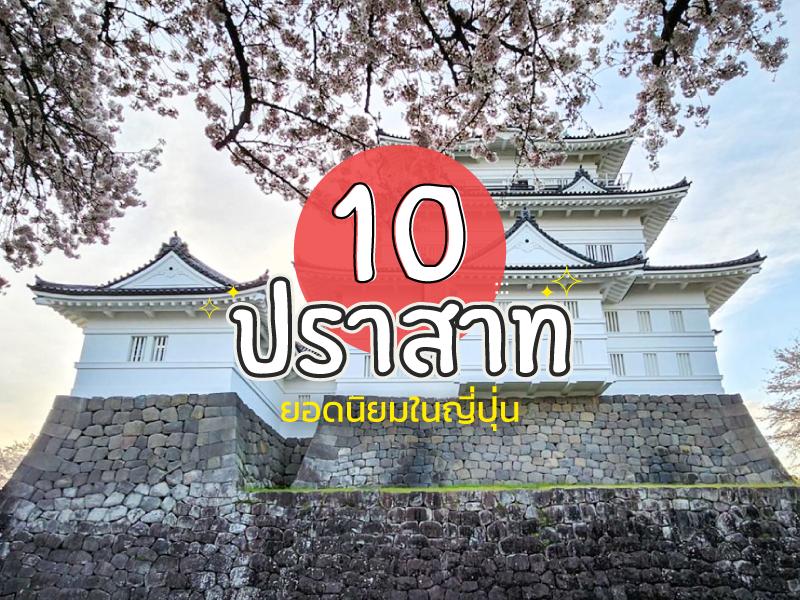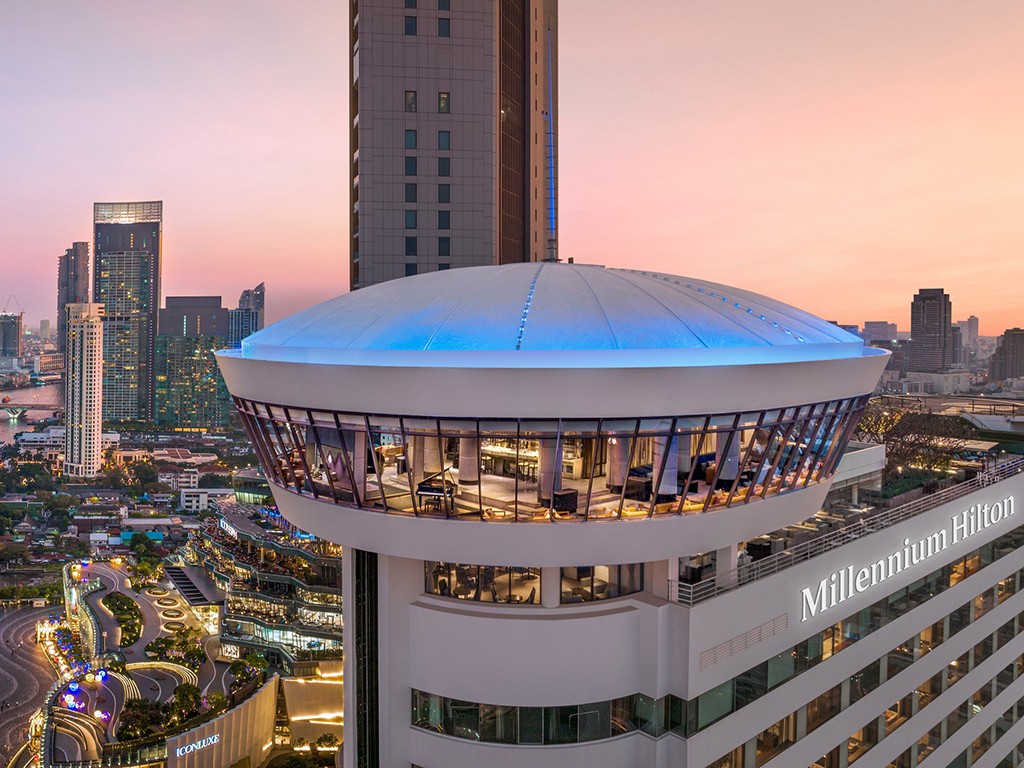
10 สุดยอดปราสาทน่าเที่ยว ญี่ปุ่น
 2167
2167
 10 ยอดนิยมปราสาทน่าเที่ยวญี่ปุ่น
10 ยอดนิยมปราสาทน่าเที่ยวญี่ปุ่นจากประสบการณ์แอดมิน พอจะสรุปได้ดังนี้
คัดแบบสวยๆมาให้กันเลย
Himeji Castle, also known as White Heron Castle, is widely regarded as Japan’s most magnificent feudal-era fortress. With its brilliant white walls and elegant, soaring silhouette, it resembles a graceful heron taking flight. As a designated National Treasure and UNESCO World Heritage Site, it holds immense cultural and architectural value—and unlike many other castles, it has never be...
read more
Osaka Castle (Ōsakajō) was originally built in 1583 by Toyotomi Hideyoshi on the grounds of the former Ishiyama Honganji Temple, which had been destroyed by Oda Nobunaga. Hideyoshi envisioned the castle as the centerpiece of his plan to unify Japan, making it the largest and most magnificent castle of its time. After his death, the Tokugawa clan attacked and demolished the castle in 1615, marking ...
read more
Matsumoto Castle was originally constructed in 1593 during the Sengoku Period and was first known as Fukashi Castle. It has since been expanded with additional structures such as a grand main keep, moon-viewing turret, drum gate, kuromon (black gate), and moats. Its black lacquered wooden walls earned it the nickname "Crow Castle," standing out vividly against the surrounding scenery.
Designated a... read more
Designated a... read more
Hiroshima Castle (Hiroshima-jō), known poetically as Carp Castle, stands as one of Hiroshima’s most iconic cultural landmarks. Though the current structure is a modern reconstruction, it preserves the dignity, architectural beauty, and historical importance of the original 16th-century castle. Rising five stories above a large park filled with seasonal blossoms—especially cherry trees ...
read more
Nagoya Castle, built between 1610 and 1612 by Tokugawa Ieyasu, served as the strategic residence of the Owari Tokugawa clan, one of the three major branches of the Tokugawa Shogunate. Its iconic kinshachi, gilded with 18K gold, historically acted as talismans against fire and symbolize authority, protection, and prosperity.
The castle suffered destruction in 1945 during World War II, leaving only ... read more
The castle suffered destruction in 1945 during World War II, leaving only ... read more
Kumamoto Castle (熊本城, Kumamoto-jō) stands as one of Japan’s Three Great Castles and remains the pride of Kumamoto City. Constructed between 1601 and 1607 by master castle architect Kato Kiyomasa, the fortress was designed to be nearly impregnable, featuring the unique Musha-gaeshi stone walls that curve outward sharply to block climbers. The castle is also affectionately known as Ginnan-jō (...
read more
Nijō Castle was built in 1603 by Tokugawa Ieyasu, the first shogun of the Tokugawa family, to serve as a luxurious residence when visiting Kyoto and to assert military and political authority over the emperor. It was designated a UNESCO World Heritage Site in 1994 as part of the “Historic Monuments of Ancient Kyoto” and is also recognized as a National Treasure of Japan.
Ninomaru Palac... read more
Ninomaru Palac... read more
ปราสาท Kanazawa ก่อสร้างเมื่อกว่า 400 ปีที่แล้ว แต่ตัวอาคารหลักถูกเหตุเพลิงไหม้และไม่ได้รับการซ่อมแซม มีเพียงสวน ประตู และกำแพงหินบางส่วนที่ได้รับการซ่อมแซมบูรณะ...
read more
ปราสาทโอคายาม่า(Okayama Castle หรือ Okayamajo) หรือบางคนเรียกว่าปราสาทอีกาเพราะสีดำที่ใช้ภายนอกถูกสร้างขึ้นเมื่อปี ค.ศ. 1597 ในยุคอาซูชิ-โมโมยามะ(Azuchi-Momoyama) ซึ่งอาคารหลังเดิมได้ถูกทำลายลงในช่วงสงครามโลกครั้งที่ 2 แต่ได้ถูกสร้างขึ้นมาใหม่หลังจากนั้นประมาณ 20 ปี ตั้งอยู่ริมฝั่งแม่น้ำ ตัวปราสาทหลักมีขนาดประมาณ 6 เสาภายในจะตกแต่งแบบโมเดินและเป็นส่วนจัดแสดงประวัติความเป็นมาและการสร้างปราสาท ...
read more
Odawara Castle (小田原城, Odawarajō) is a historic and iconic symbol of Odawara City in Kanagawa Prefecture.
History and Significance
Origins: Believed to have been first built in the mid-15th century by the Omori clan as they expanded into the Odawara region.
Peak Era: Around 1500, the castle became the seat of the Later Hōjō (Go-Hōjō) clan and was continuously expanded into a central comman... read more
History and Significance
Origins: Believed to have been first built in the mid-15th century by the Omori clan as they expanded into the Odawara region.
Peak Era: Around 1500, the castle became the seat of the Later Hōjō (Go-Hōjō) clan and was continuously expanded into a central comman... read more








































